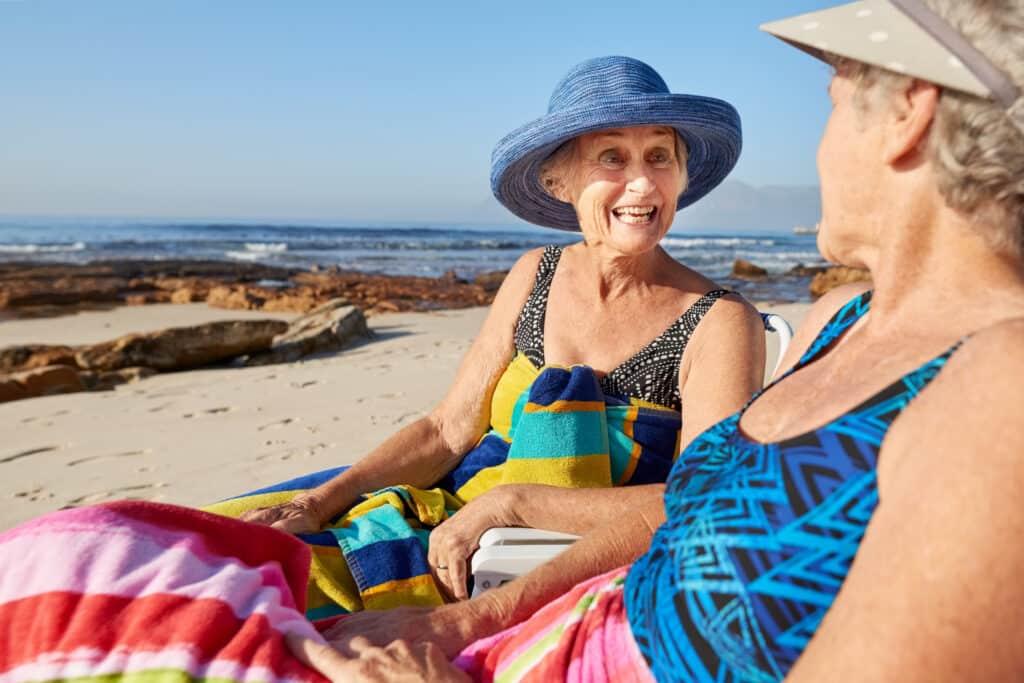How does a reverse mortgage work?
A reverse mortgage is a loan designed specifically for people aged 55 and above who own, or mostly own, their homes.
The loan allows you to access some of the surplus equity in your home – so you can use the funds now without having to sell up.
The amount you can borrow is determined by factors such as the value of the home, the amount of equity you hold, and the age of each of the borrower(s).
Unlike traditional home loans, with a reverse mortgage, you are not required to make regular repayments – although you can choose to make repayments at any time.
The loan is repaid when the house is sold at a future date, usually when downsizing later in retirement, or moving to aged care, or when the last surviving borrower passes away.
One of the most important things to understand with reverse mortgages is that the interest applied to the loan is compounding. This means that you will be paying interest on the interest and any fees applied, as well as the loan amount as it is drawn down. This will likely (there are some cases that are an exception) have an eroding effect on the remaining equity in your home – noting that there are limits on the amount that can legally be lent to protect borrowers.

